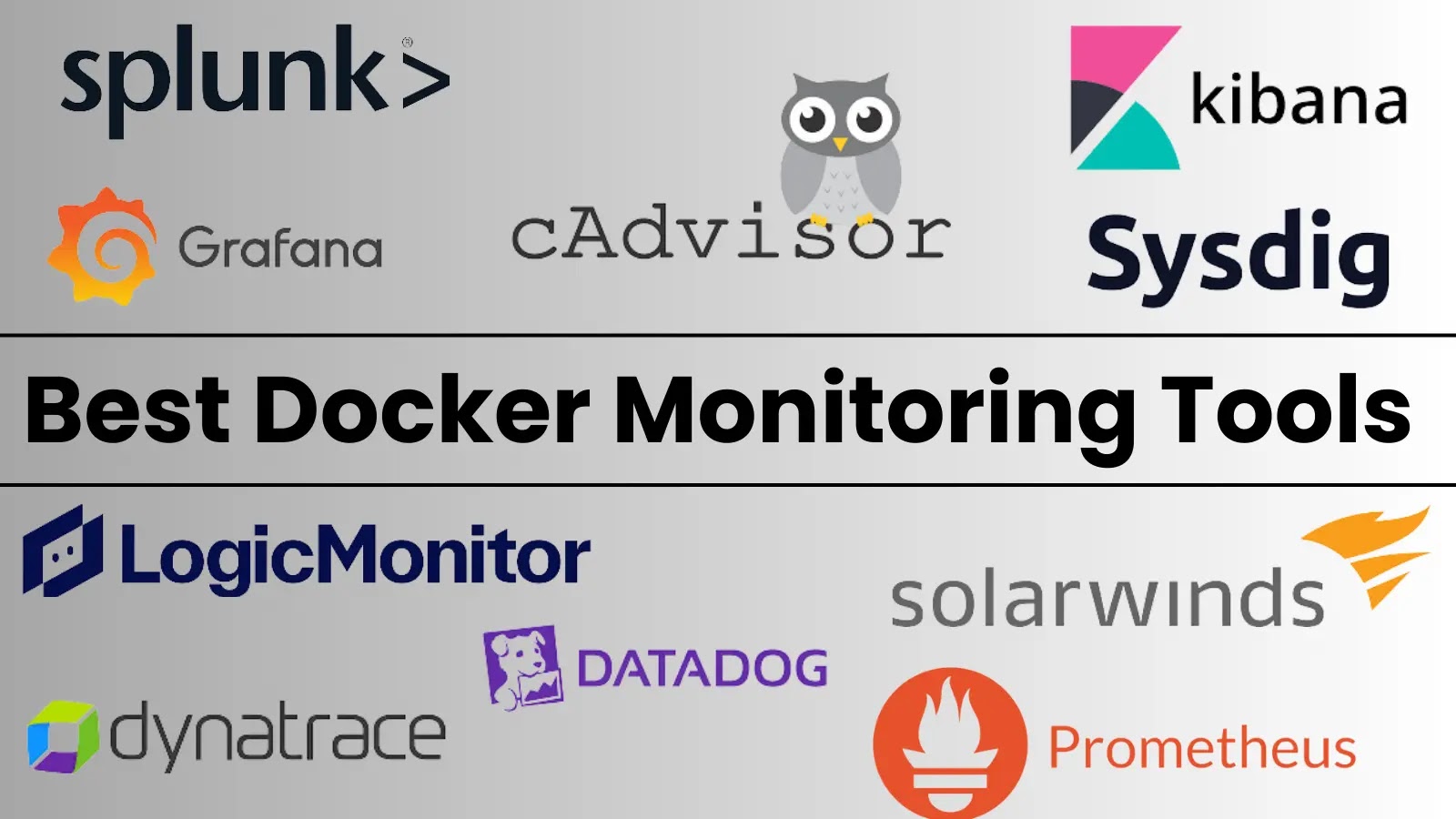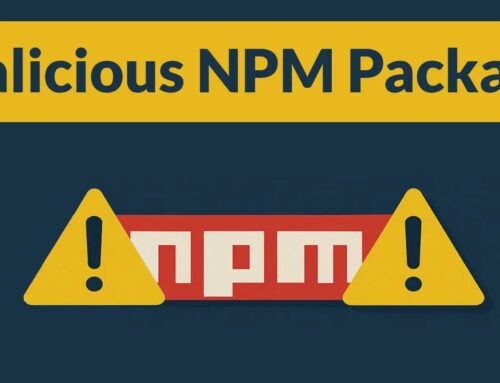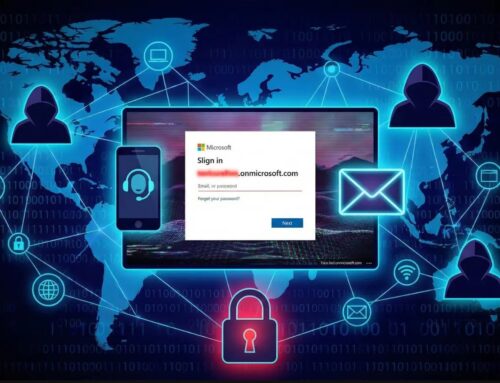
15 Best Docker Monitoring Tools in 2025
As an expert cybersecurity analyst within the dynamic world of IT infrastructure, I routinely encounter the critical need for robust monitoring solutions. Docker has revolutionized application deployment and management through containerization, offering unparalleled agility and efficiency. However, this power comes with a responsibility: ensuring the health, performance, and security of your Docker ecosystem. Without vigilant oversight, even the most optimized containerized environments can suffer from performance bottlenecks, resource exhaustion, or, critically, unaddressed security vulnerabilities.
Effective Docker monitoring is not merely about spotting problems; it’s about proactively understanding your system’s behavior, predicting potential issues, and optimizing resource allocation. It encompasses tracking the functionality, state, and resource consumption of individual Docker containers, hosts, and the orchestration layers. This article will explore the 15 best Docker monitoring tools available in 2025, providing insights to help IT professionals, DevOps engineers, and security analysts make informed decisions for their environments.
Understanding Docker Monitoring
Docker monitoring involves collecting and analyzing metrics, logs, and events from your Docker containers, images, daemons, and host machines. This comprehensive data provides insights into:
- Resource Utilization: CPU, memory, disk I/O, and network usage by containers and hosts.
- Application Performance: Latency, throughput, and error rates of applications running inside containers.
- Container Health: Uptime, restarts, and overall status of individual containers.
- Docker Daemon Metrics: Performance and stability of the Docker engine itself.
- Orchestration Layer: Health and performance of tools like Kubernetes or Docker Swarm.
- Security Posture: Identifying anomalous behavior or potential vulnerabilities.
The goal is to maintain optimal performance, prevent downtime, and quickly diagnose issues when they arise.
Key Features of Effective Docker Monitoring Tools
When evaluating Docker monitoring solutions, several core features stand out as essential:
- Comprehensive Data Collection: Ability to gather metrics, logs, and events from all layers of the Docker stack.
- Real-time Monitoring & Alerting: Instant visibility into critical metrics and configurable alerts for anomalies or thresholds breaches.
- Dashboards & Visualization: Intuitive and customizable dashboards for visualizing performance data and trends.
- Log Management: Centralized collection, aggregation, and analysis of container logs.
- Distributed Tracing: Tracing requests across multiple containers and services to pinpoint performance bottlenecks in microservices architectures.
- Container-aware Insights: Understanding the ephemeral and dynamic nature of containers, associating metrics with specific container IDs, images, and services.
- Integration Capabilities: Seamless integration with other DevOps tools, CI/CD pipelines, and cloud platforms.
- Scalability: Ability to handle a growing number of containers and hosts without performance degradation.
The 15 Best Docker Monitoring Tools in 2025
Here’s a curated list of the top Docker monitoring tools, each bringing unique strengths to the table:
- Prometheus: An open-source monitoring system with a powerful query language (PromQL) and flexible data model, ideal for time-series data. Frequently paired with Grafana for visualization.
- Grafana: While not a monitoring tool itself, Grafana is the de facto visualization layer for Prometheus and many other data sources, offering rich, customizable dashboards for Docker metrics.
- cAdvisor (Container Advisor): Another open-source tool from Google that collects, aggregates, processes, and exports information about running containers, providing basic resource usage stats.
- Datadog: A comprehensive SaaS platform offering full-stack observability. Its Docker integration provides deep insights into container performance, logs, and events, alongside application and infrastructure monitoring.
- New Relic: A powerful application performance monitoring (APM) and infrastructure monitoring platform that offers detailed insights into Docker containers, hosts, and applications running within them.
- Splunk: Primarily a powerful log management and SIEM solution, Splunk can ingest and analyze Docker logs at scale, providing operational intelligence and security insights.
- ELK Stack (Elasticsearch, Logstash, Kibana): A popular open-source suite for log management and analytics. Logstash collects Docker logs, Elasticsearch stores and indexes them, and Kibana provides a powerful visualization interface.
- Sysdig Monitor: A unified platform for container security, monitoring, and forensics across Kubernetes and Docker environments. It offers deep visibility into container activity.
- Dynatrace: An AI-powered full-stack observability platform that provides automated and intelligent monitoring for Docker environments, including root-cause analysis and performance optimization.
- AppDynamics: Specializing in APM, AppDynamics extends its capabilities to Docker, offering visibility into containerized applications, their dependencies, and business transactions.
- LogicMonitor: A SaaS-based IT infrastructure monitoring platform that includes robust capabilities for Docker, providing automated discovery, performance metrics, and alerting.
- Instana: An automated APM solution designed for cloud-native applications, offering real-time visibility and context for services running within Docker and Kubernetes.
- Sematext Monitoring: A unified observability platform offering Docker monitoring, logging, and synthetic monitoring. It provides detailed metrics and log aggregation.
- Containerd (Built-in Metrics): While primarily a core container runtime, Containerd exposes metrics that can be scraped by tools like Prometheus to monitor its operational health.
- OpenTelemetry: An open-source project providing a standardized way to collect telemetry data (metrics, logs, traces) from cloud-native applications and infrastructure, including Docker.
Security Considerations in Docker Environments
Beyond performance, security is paramount in Docker deployments. Monitoring tools can assist in identifying potential security anomalies, but a dedicated focus on security practices is vital. Common Docker security concerns include:
- Image Vulnerabilities: Using base images with known vulnerabilities (e.g., CVE-2024-XXXXX, CVE-2023-YYYYY – *placeholder for real CVEs if specific vulnerabilities in popular base images were relevant to the article’s context, but for a general monitoring tool list, specific CVEs are not applicable here*).
- Misconfigurations: Exposed Docker daemons, weak authentication, or unnecessary privileges.
- Container Escapes: Malicious actors breaking out of a container to access the host system.
- Network Attacks: Unsecured container networks allowing unauthorized access.
- Supply Chain Attacks: Compromised images or registries.
While monitoring tools alert on abnormal behavior, organizations must also adopt practices such as regular vulnerability scanning of Docker images, adherence to the principle of least privilege, network segmentation, and secure configuration management. For instance, tools like Clair or Trivy specifically focus on image vulnerability scanning, complementing the operational monitoring tools listed above.
Conclusion
The ability to effectively monitor your Docker environment is non-negotiable for modern IT operations. The right monitoring tools empower teams to maintain high performance, ensure stability, and quickly address issues, significantly contributing to the overall reliability and security of containerized applications. Whether you lean towards open-source flexibility with Prometheus and Grafana, or prefer the comprehensive, managed solutions like Datadog or Dynatrace, the key is to implement a system that provides deep visibility across your entire Docker ecosystem. Investing in robust Docker monitoring is a strategic move that pays dividends in operational efficiency, reduced downtime, and enhanced security posture.





